Steps Toward Creating a More Accessible and Inclusive College Classroom
Faculty Focus
MAY 18, 2025
Avoid negative descriptions of disability (ex: suffers from a condition, confined/bound to a wheelchair). Ask a colleague to informally observe your teaching and provide constructive feedback on your work of being an inclusive teacher. Invite guest speakers with disabilities to speak with your students about their experiences.

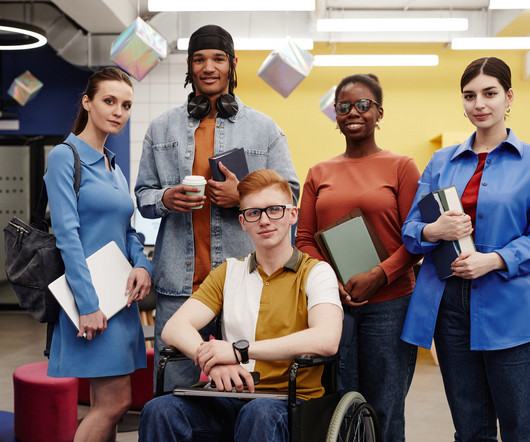

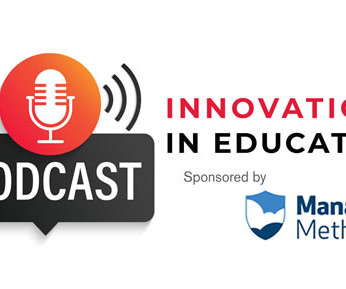

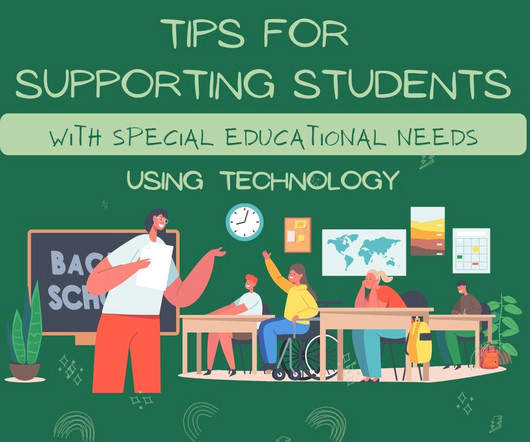

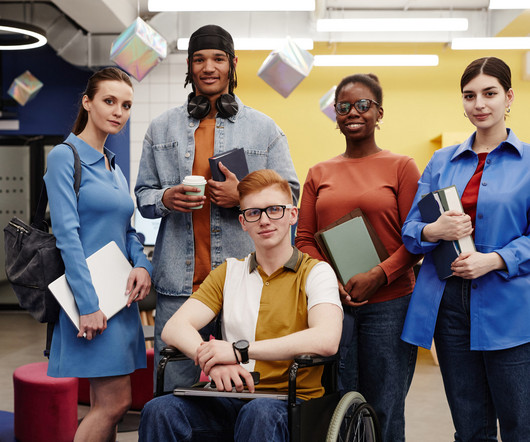


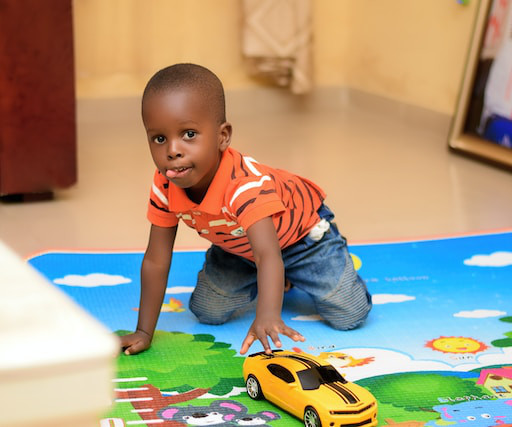






Let's personalize your content